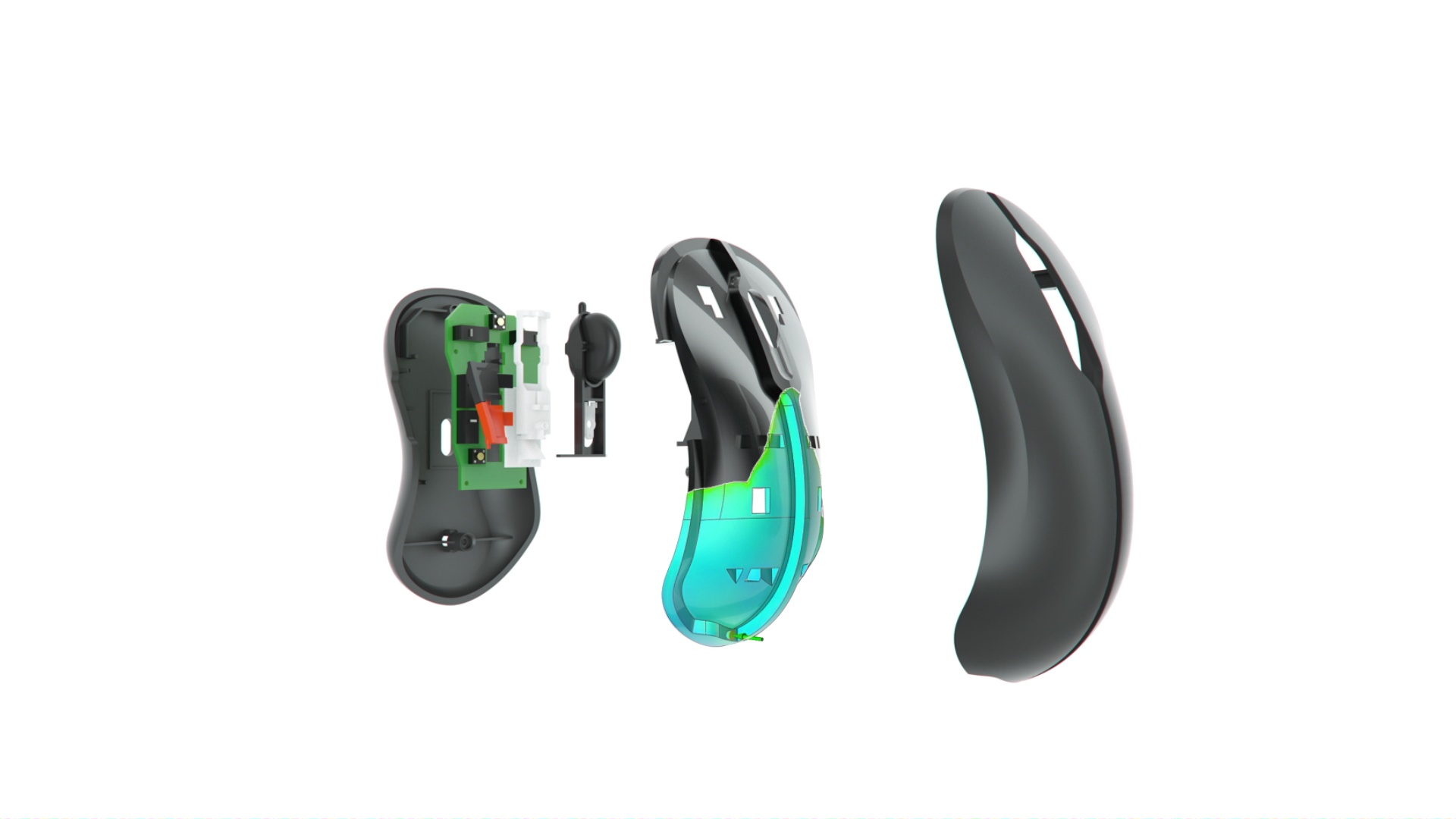Disrupting the Traditional Injection Molding Process
The traditional approach to injection molding has been tried and true for designers for many decades. But as manufacturing technology has advanced, the need for simulation to be applied earlier and throughout the design process has grown. Even though the process for creating injection-molded parts has proven successful over the years, common defects such as sink marks, air traps, and weld lines can fly under the radar with physical testing. By exploring the capabilities of digital design and simulation, teams have the ability to make noticeable time and cost savings. A significant reduction in prototypes is the result of simulation-driven design, so molding projects can be completed faster and with less defects.
A standard approach to injection molding usually consists of designers creating an initial blueprint for a part or mold, putting it into the testing and validation phase, and having to circle back to phase one if an error is caught before manufacturers put it into full production. Failing to notice those key issues in a design ends up impacting its manufacturability and becomes expensive.
These iteration loops end up affecting the entire production line, and results in a big loss of productivity. Injection molding is a highly sophisticated manufacturing process, which makes discovering the source of defects extremely difficult when relying on testing alone. By leveraging a simulation-driven design approach, design engineers can identify potential issues early and modify their part or manufacturing process parameters to yield a better part the first time. Taking a look at some of the most common challenges of injection molding, we’re able to see how breaking out of old habits can bring a fresh perspective to an established manufacturing process.
Addressing known disadvantages
When laying the groundwork for injection-molded parts, project teams have to consider the relationship between numerous variables at each step of the injection molding process. This includes factors such as the tooling involved, part materials, and selected mold and part configurations.
Because part designers and mold makers tend to work sequentially, this is where iteration loops in the production workflow begin to waste time and resources. The “trial-and-error” approach requires waiting until a prototype has been created to test it and validate it, and even that can take several attempts to find the right design. This is where Altair Inspire Mold™ can help everyone in both engineering and manufacturing to work off the same page. Applying integrated simulation across the entire design workflow allows teams to understand how all of those process variables will end up affecting a component’s design, meaning earlier optimization and less scrap work. As a single, integrated platform, Inspire Mold is accessible to all users with different software experience levels. Additionally, designers can achieve rapid solution times online without needing to invest in expensive hardware.

Injection-molded parts use a wide variety of polymer resins for applications such as packaging and engineering components. However, many designers find it challenging to choose the correct part materials to meet their desired material performance goals. The successful selection of material largely depends on the purpose and lifecycle of the component being made, as well as the different grades or blends available. A big advantage that comes with using modern simulation for injection molding is the ability for designers to have complete control over the material being molded. Instead of expensive physical testing, complete multiscale material modeling can be carried out on a virtual platform.
To give an example, consider a fiber-reinforced plastic part. With Inspire Mold, it’s possible to dig deeper into a detailed simulation of the fibers in selected materials. Being able to control the orientation of a material’s fibers lets designers create multiple material models to see which variation works best for a given part. It’s important to have access to this type of simulation software because depending on the fiber orientation, the macro-material properties can change drastically. For example, the material can become stiffer or more flexible, stronger, or more brittle, depending on how fibers are positioned.
When moving simulation-driven design earlier into the process, tools like the Altair Material Data Center enable designers to browse and compare material properties for use in simulation and optimization workflows. Finding the right materials for injection molding no longer has to be a complication, and design rework costs can be completely eliminated.
Altair for manufacturability
With automatic mold generation, instantaneous configuration testing, and always-3D adaptive computation, Inspire Mold design simulation technology is remarkably fast, friendly, and accurate. Get a better understanding of part filling, packing, cooling, warpage, while reducing molding defects long before a mold is designed. By applying early molding simulation, cut product development costs and deliver production-ready tools on time and on budget.
Click here to view Altair’s guide on best practices for applying simulation to injection molding.

